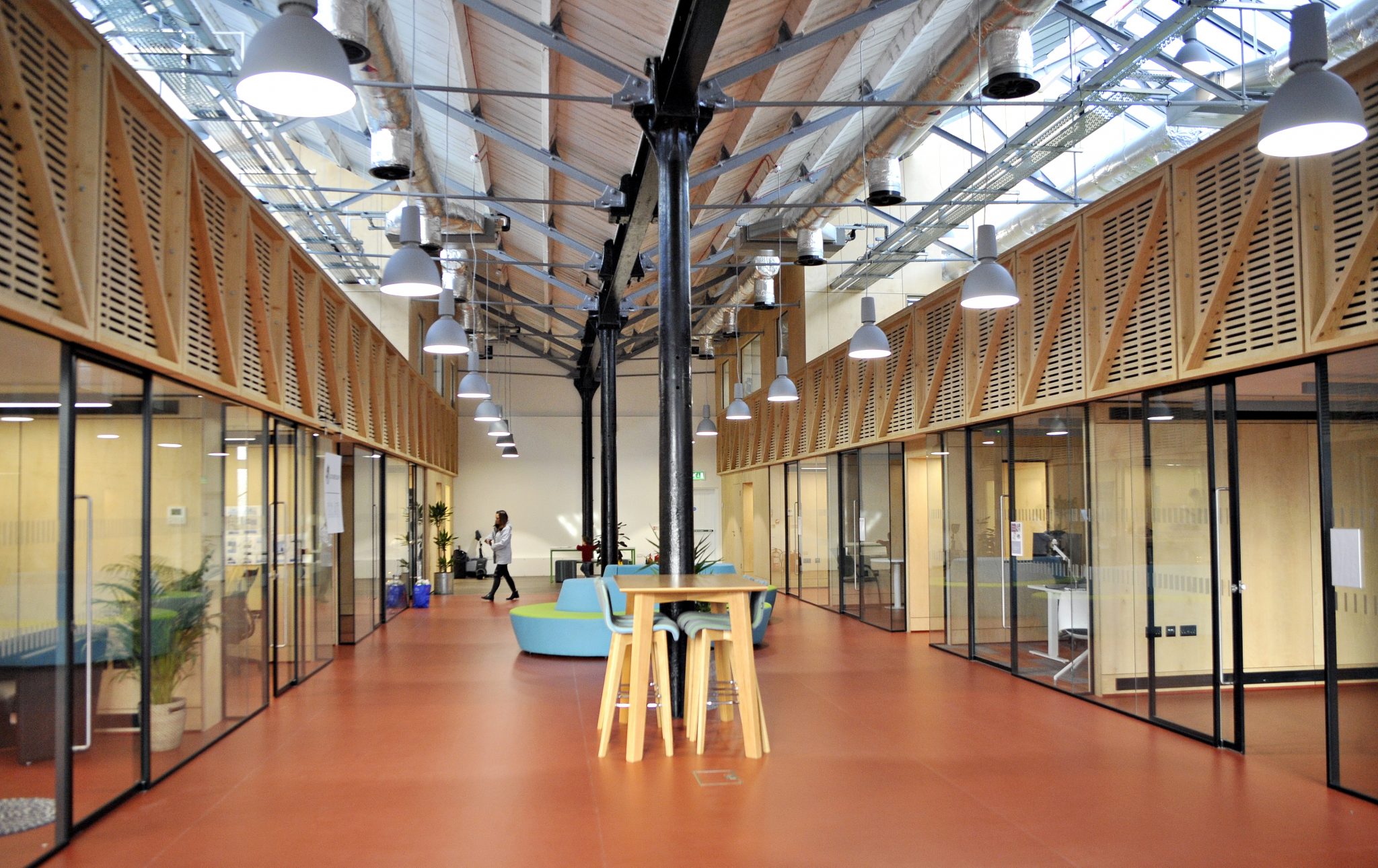
Active Buildings research paper wins CIBSE award
New code for smart buildings would help move toward sustainable smart energy grid.
A research paper that sets out a design code for ‘active buildings’ that would reduce emissions by using energy strategically and even feed power back into the grid has won an award.
The paper, written by members of the Department of Architecture & Civil Engineering, titled Towards active buildings: Rating grid-servicing buildings, has been awarded the Dufton Silver Medal by CIBSE, the Chartered Institution of Building Services Engineers. The medal is awarded for the best papers relating to fundamental research in the field.
Written by Professor David Coley, Dr Stephen Allen, Matthew Roberts, Dr Daniel Fosas, Dr Elli Nikolaidou and Professor Ian Walker, the paper proposes an Active Building Code. Prof Coley explains: “As we move to a net zero society, some sectors will be harder than others to decarbonise, for example air travel and heavy industry. Hence other sectors, such as the built environment, will need to be carbon negative. Active Buildings not only use energy, they also generate it, often more than they use. They can also store energy in batteries, or in the form of heat, for use at times when the grid is under strain helping to solve the problem of generation from renewables being less predictable than that from fossil fuels.”
The authors propose that and Active Building Code would assess how well a building supports this energy transition. CIBSE highlighted the topicality of the paper given the current energy supply situation.
Prof Coley added: “We are delighted to have had our work recognised by CIBSE, and welcome the increased attention to this issue, given the pressing energy situation we find ourselves in.
“Active buildings have the ability to transform both what we consider as the purpose of a building and the role of architecture within society. Buildings will move from just forms of shelter to power stations and energy storage facilities. Once integrated with the batteries in electric vehicles we hope to be able to create a society-wide web of energy use, generation and storage, with most buildings being as much part of our energy infrastructure as they are our homes and places of work.”







